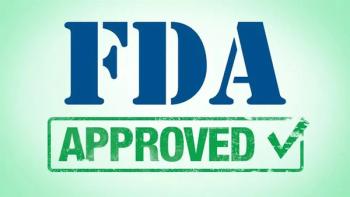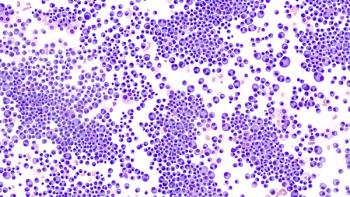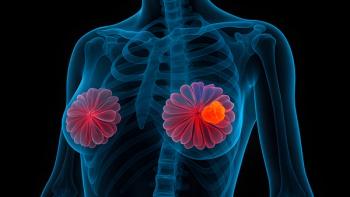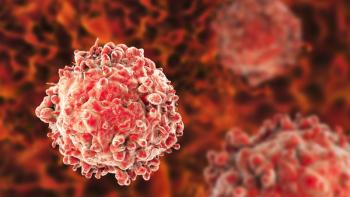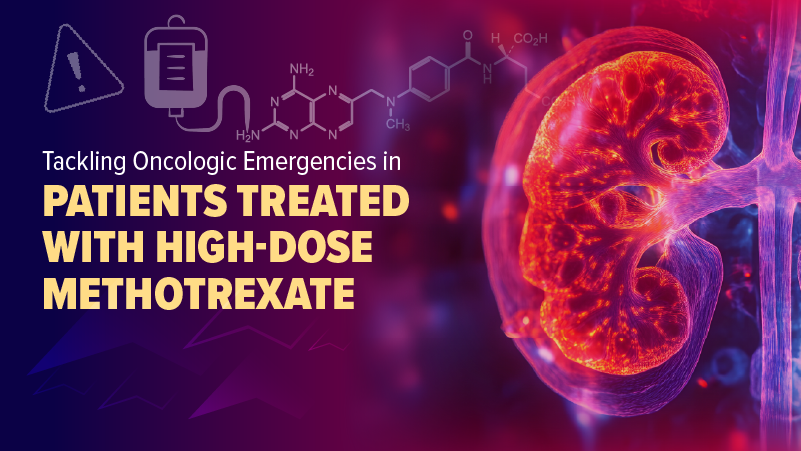
Comparing CVD Risk Factors Associated With Adjuvant Endocrine Therapies
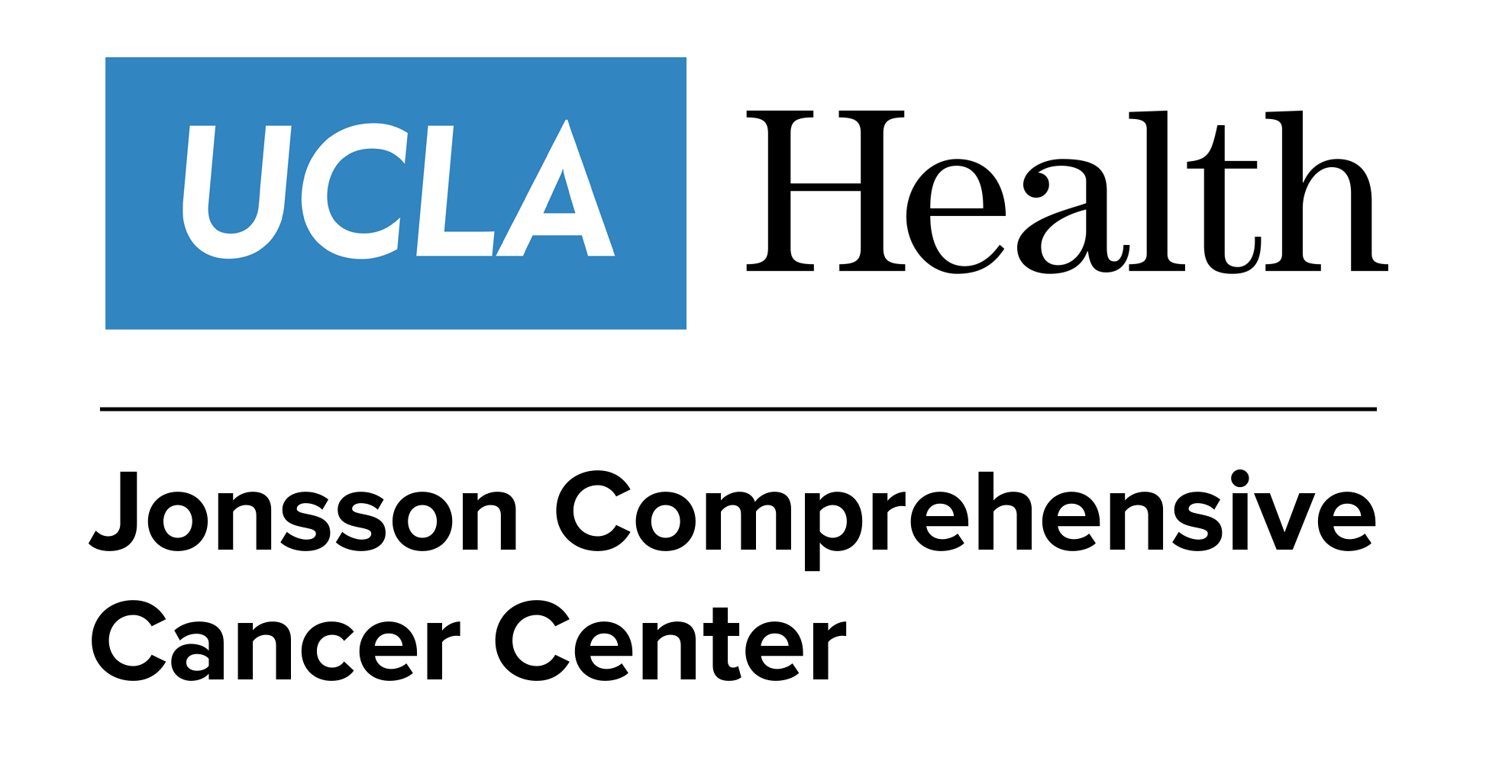
A retrospective analysis conducted by researchers at Kaiser Permanente and UCLA has concluded that patients with breast cancer treated with aromatase inhibitors (AIs) as adjuvant endocrine therapy were at equal risk of serious cardiovascular disease (CVD) events as those treated with tamoxifen.
A retrospective analysis conducted by researchers at Kaiser Permanente and UCLA has concluded that patients with breast cancer treated with aromatase inhibitors (AIs) as adjuvant endocrine therapy were at equal risk of serious cardiovascular disease (CVD) events as those treated with tamoxifen.
Researchers conducted a retrospective analysis of more than 13,000 postmenopausal women with hormone receptor—positive breast cancer but no CVD complications diagnosed between January 1, 1991, and December 31, 2010; these women were followed through December 31, 2011.
Participants were assigned to 1 of 3 cohorts: adjuvant endocrine therapy with either tamoxifen, an AI, or neither. During the follow-up period, a total of 3711 CVD events were recorded. Of these, AI-only users had a similar risk of cardiac ischemia (myocardial infarction and angina) (adjusted hazard ratio [HR], 0.97; 95% CI, 0.78-1.22) and stroke (adjusted HR, 0.97; 95% CI, 0.70-1.33) when compared with those treated with tamoxifen alone.
However, using AI therapy alone (adjusted HR, 1.29; 95% CI, 1.11-1.50) or subsequent to tamoxifen (adjusted HR, 1.26; 95% CI, 1.09-1.45), increased women’s risk of other CVDs (dysrhythmia, valvular dysfunction, and pericarditis).
“Our study is a comprehensive assessment of the impact aromatase inhibitors have on cardiovascular risk and provides reassurance that the hormone therapy to reduce breast cancer recurrence does not increase risk of the most fatal cardiovascular events,” said Reina Haque, PhD, MPH, research scientist, Kaiser Permanente Southern California Department of Research & Evaluation, in a statement. Haque is the lead author on the study, which has been published in JAMA Oncology.
“A particular strength of our study is that we accounted for women’s other potential cardiovascular risk factors as well as medication used to treat high blood pressure and high cholesterol.”
Based on their findings, the authors believe that further studies to assess the risk of other CVD events are warranted.
Reference
Haque R, Shi J, Schottinger JE, et al. Cardiovascular disease after aromatase inhibitor use [published online April 21, 2016]. JAMA Oncol. 2016;2(12):1590-1597. doi: 10.1001/jamaoncol.2016.0429.
Newsletter
Knowledge is power. Don’t miss the most recent breakthroughs in cancer care.

